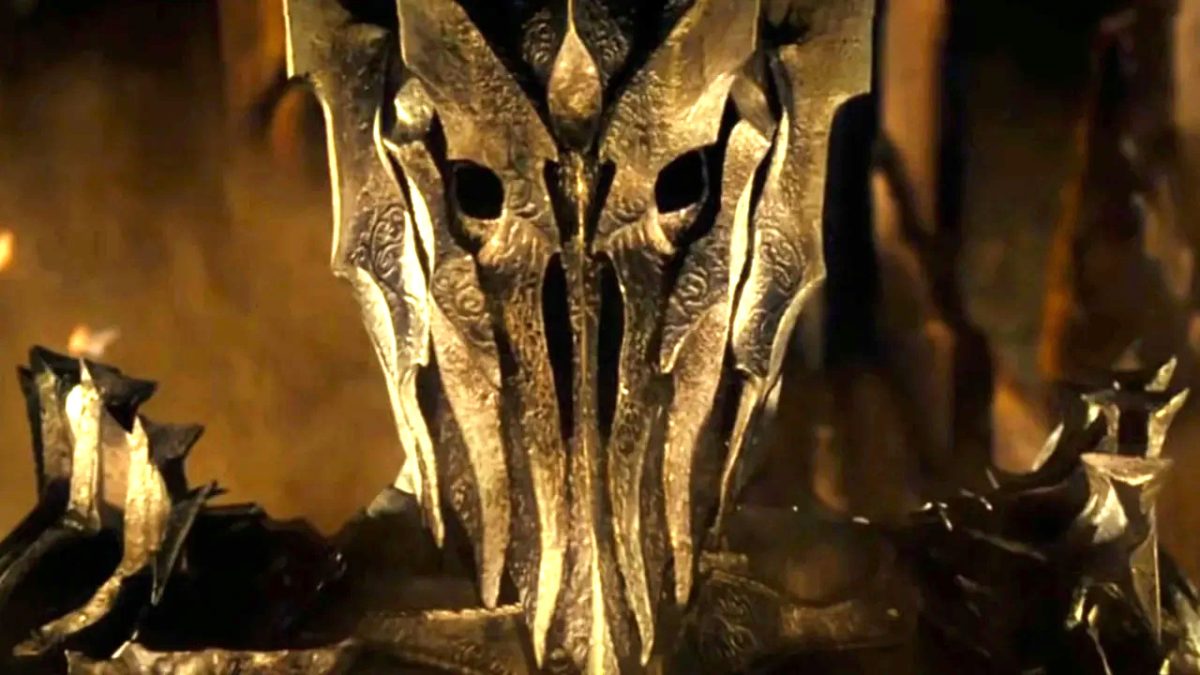
Perhaps Sony needed a grim and apocalyptic mindset to let Naughty Dog get away with making The Last of Us on the corporate dime, since grim and apocalyptic seems to be on-brand these days. Granted, there’s no shortage of end times entertainment in any medium right now, but chief among the reasons why The Last of Us is the most important game of generation 7’s twilight is that its existence defies common sense. Naughty Dog has spent three years working on a game that subverts or rejects many core tenants of modern blockbuster game design, despite having a budget and marketing to play in the big leagues. Its gameplay, which is positively obtuse and restrictive compared to most shooters, is built in service of the story, which is the game’s actual main feature. That’s a pretty dodgy premise to hang a tentpole release from one of gaming’s biggest developers on, and that goes double when you consider how bleak and emotional the tale is that The Last of Us tells.
The craziest part is that the gamble looks to have paid off. Sales figures – which no doubt owe a great deal to a prominent ad campaign, and the week’s worth of critical hosanna singing from critics pre-release- are already well over 1 million units sold since the game’s June 14th release date. That might not sound like a number that will set the world on fire (Sony having exclusivity rights automatically split the potential purchasing audience by more than half), but when taken in consideration of what the game actually is, that’s something to celebrate. Naughty Dog’s deception was in marketing a nail-biter, action-heavy zombie apocalypse shooter in the vein of their popular Uncharted series, when secretly, they had made one of the biggest little games ever.
There’s an inspiring economy to every major element of The Last of Us, and the one thing it does seem to have an abundance of is restraint. Despite a cross-country travelogue structure that explores devastation on a global scale, the single player campaign is all about the relationship between two characters, which is something of a rarity in this industry. Excluding the vast majority of titles that either cobble together a narrative out of design docs and art assets, or just ignore having a story all together, most games that do make a serious effort simply follow the Hollywood playbook of “more is more.”
When it comes to big budget games stretching their dramatic legs, two main flavors of story exist, drawn roughly across geographical bounds. American game design, unsurprisingly, emphasizes freedom and choice, where the word “linear” is bandied around like an epithet. Japanese design, on the other hand, is often far more restrictive, with advancement in gameplay having a corresponding narrative progression. Each style has its pros and cons. Skyrim and Far Cry create expansive worlds chockablock with detail and lore, but because of player choice, the hundreds of small stories are never composed into a well-paced or consistent greater whole. Meanwhile, JRPGs, the most popular story-based Japanese genre to make it over to the west, often focus on a small group of characters over a long period of time, which is very conducive to good storytelling. However, due to poor translation, awful voice acting, or just plain bad writing, investment in the story usually develops in a brute force, Stockholm Syndrome-like fashion.
More problematic is that RPGs (J or otherwise) have been telling the same story since the original Final Fantasy, as the fate of the world will inevitably be in the balance when a writer has to constantly up the stakes for 40+ hours. The same can be said of Western games as well, because, just like Hollywood, everything has to be dialed up to 11 at all times. Just as John McClane and the Fast and Furious gang have been pushed from their roles as above-average ass-kickers into saviors of all mankind, so too have games felt the need to make the player the only one capable of preventing oblivion, again and again. It’s exhaustingly repetitive to have the fate of humanity resting in your hands in every other story-based game, and more than a little insulting that a writer assumes an audience’s attention will only be grabbed when life as we know it is on the line.
The over-dependence on pre-fab, insta-conflict is a direct result of gaming’s inability to create the one thing required for resonant drama: three-dimensional characters. Few games spare the time and energy needed to make the story’s characters appear flesh and blood, and fewer still do so in a way that makes those characters actually matter to the greater story they’re meant to be a part of. When you strip all the nostalgia out of the equation, most of gaming’s most memorable characters are nothing more than, or literally started as, mascots, with guys like Gordon Freeman, Link, Master Chief and Mario being blank avatars for the player to project their own feelings onto.
And while there have been plenty of technical limitations slowing the creation of interesting characters (the uncanny valley is only half the battle, when hearing video game characters talk depends on competent writing and voice performance), the bigger problem is that most games don’t prioritize having quality characters. The player’s gameplay progression, their exploration of the world, and easily marketable setpieces inevitably take priority over making the character running through that progression, experiencing that world, or surviving that setpiece actually matter. It’s a major reason the medium has yet to fully shake its childish reputation, because indulging the player continues to be priority number one.
Continue reading on the next page…






